On the eve of Thanksgiving Day, Nov. 25, 2020, the Supreme Court of the United States (SCOTUS) published a ruling that granted an emergency temporary injunction blocking the enforcement of COVID-19 restrictions on attendance at religious services in churches and synagogues located in specific areas of New York as outlined in an Oct. 6, 2020 Executive Order issued by New York Governor Andrew Cuomo.1 In what is being viewed as an affirmation of the constitutional right to exercise freedom of religion during public health emergencies, the Court’s split 5-4 decision in Roman Catholic Diocese of Brooklyn, New York v. Andrew M. Cuomo, Governor of New York also applied to a similar case Agudath Israel of America, et al. v. Cuomo. 2
Both the Diocese and Agudath Israel alleged that limiting occupancy for churches and synagogues to 10 to 25 people singled out and treated houses of worship in certain sections of New York much more harshly than comparable secular facilities like retail stores, which violated the Free Exercise clause of the First Amendment of the U.S. Constitution. The Court’s majority agreed that Cuomo’s action was unconstitutional because it was a violation of “the minimum requirement of neutrality” to religion. Plaintiffs were granted injunctive relief from his Executive Order pending the outcome of an appeal in U.S. Court of Appeals of the Second Circuit.3
The unsigned majority opinion affirmed by Justices Neil Gorsuch, Brett Kavanaugh, Samuel Alito, Clarence Thomas, and Amy Coney Barrett stated:
Members of this Court are not public health experts, and we should respect the judgment of those with special expertise and responsibility in this area. But even in a pandemic, the Constitution cannot be put away and forgotten. The restrictions at issue here, by effectively barring many from attending religious services, strike at the very heart of the First Amendment’s guarantee of religious liberty.4
Cuomo’s Executive Order Limited Religious Services to 10 to 25 People
The focus of the plaintiff’s complaint was the classification of certain neighborhoods in New York as “red” or “orange” Covid-19-containment zones, with churches and synagogues located in red zones allowed no more than 10 people attending religious services and yellow zones confined to 25 attendees, while buildings housing retail stores, factories, schools and other venues where people assemble were not subjected to the same restrictions.
The SCOTUS decision noted:
Citing a variety of remarks made by the Governor, Agudath Israel argues that the Governor specifically targeted the Orthodox Jewish community and Gerry-mandered the boundaries of red and orange zones to ensure that heavily Orthodox areas were included. Both the Diocese and Agudath Israel maintain that the regulations treat houses of worship much more harshly than comparable secular facilities. And they tell us without contradiction that they have complied with all public health guidance, have implemented additional precautionary measures, and have operated at 25% or 33% capacity for months without a single outbreak.5
After the Diocese and Agudath Israel filed their request for emergency relief, Cuomo reclassified the areas in question from orange to yellow so houses of worship could operate at 50 percent maximum occupancy. However, the justices writing the majority opinion dismissed that recent policy change by Cuomo as not relevant because “the applicants remain under a constant threat that the area in question will be reclassified as red or orange.”6
New York Has Among the Strictest Social Distancing Regulations
In a separate concurring opinion, Supreme Court Justice Brett Kavanaugh commented that, “New York’s 10-person and 25-person caps on attendance at religious services in red and orange zones (which are areas where COVID-19 is more prevalent) are much more severe than most other States’ restrictions, including the California and Nevada limits at issue in South Bay United Pentecostal Church v. Newsom (2020) and Calvary Chapel Dayton Valley v. Sisolak (2020).
Declaring that “New York’s restrictions on houses of worship are not only severe, but also are discriminatory,” Kavanaugh added that federal courts “must afford substantial deference to state and local authorities about how best to balance competing policy considerations during the pandemic. But judicial deference in an emergency or a crisis does not mean wholesale judicial abdication, especially when important questions of religious discrimination, racial discrimination, free speech, or the like are raised.”7
Since the World Health Organization declared a COVID-19 pandemic in March 2020,8 New York State has instituted among the most restrictive social distancing regulations and lockdowns of all states. Just before Thanksgiving, new regulations were instituted to limit indoor gatherings in private homes to 10 people.9 10
Violating social distancing regulations in New York can result in up to $15,000 in fines.11
New Jersey Religious Freedom Case Headed to SCOTUS
New Jersey has also instituted strict social distancing regulations that have severely reduced attendance at churches, synagogues and religious schools. Several days before SCOTUS issued the injunction blocking Cuomo’s Executive Order, another emergency injunction request was made by a Catholic priest and Jewish rabbi, who are challenging New Jersey Governor Philip D. Murphy’s Sept. 1, 2020 Executive Order requiring students at religious schools to mask indoors and outdoors and limiting houses of worship and religious services to 25 percent capacity or 150 people.12
In Robinson v. Murphy (No. 20A95),13 Rev. Kevin Robinson, the pastor of a Catholic parish in North Caldwell, NJ and Rabbi Yisrael A. Knopfler leading a synagogue in Lakewood, NJ maintain that houses of worship are discriminated against compared to other facilities that have no capacity limits, and further argue that masking requirements and capacity limits interfere with the religious education of children.14 They are represented by attorneys from the Thomas More Society, who filed the emergency application with SCOTUS after a federal district court denied judicial relief to the plaintiffs.
Justice Gorsuch Rebukes Andrew Cuomo’s Executive Orders
In a ringing defense of First Amendment rights and a blistering rebuke to Andrew Cuomo, Justice Gorsuch wrote a concurring opinion declaring that, “We may not shelter in place when the Constitution is under attack. Things never go well when we do.”15
Gorsuch warned:
Government is not free to disregard the First Amendment in times of crisis. At a minimum, that Amendment prohibits government officials from treating religious exercises worse than comparable secular activities, unless they are pursuing a compelling interest and using the least restrictive means available. Yet recently, during the COVID pandemic, certain States seem to have ignored these long-settled principles.
Gorsuch criticized Cuomo’s criteria for categorizing institutions and businesses as “essential” and not subject to social distancing restrictions or “non-essential,” and required to obey social distancing regulations outlined in the Governor’s Executive Orders. Gorsuch said:
The Governor has chosen to impose no capacity restrictions on certain businesses he considers ‘essential.’ And it turns out the businesses the Governor considers essential include hardware stores, acupuncturists, and liquor stores. Bicycle repair shops, certain signage companies, accountants, lawyers, and insurance agents are all essential, too. So, at least according to the Governor, it may be unsafe to go to church, but it is always fine to pick up another bottle of wine, shop for a new bike, or spend the afternoon exploring your distal points and meridians. Who knew public health would so perfectly align with secular convenience?
Indeed, the Governor is remarkably frank about this: In his judgment laundry and liquor, travel and tools, are all “essential” while traditional religious exercises are not. That is exactly the kind of discrimination the First Amendment forbids. Nor is the problem an isolated one. In recent months, certain other Governors have issued similar edicts. At the flick of a pen, they have asserted the right to privilege restaurants, marijuana dispensaries, and casinos over churches, mosques and temples.
Gorsuch Criticizes Chief Justice Roberts’ Invoking of Jacobson v. Massachusetts
Gorsuch went on to strongly criticize Supreme Court Chief Justice John Roberts for his “expressed willingness to defer to executive orders in the pandemic’s early stages” rather than affirm First Amendment rights in a reference to the SCOTUS majority decision in South Bay Pentecostal Church v. Newsom that was issued by the Court May 29, 2020 about three months into the COVID-19 pandemic.16 California governor Gavin Newsom had promulgated regulations that limited attendance at places of worship to 25 percent of building capacity or a maximum of 100 attendees.17 18 19
In an identical split 5-4 decision, Justice Roberts sided with Justices Sonia Sotomayor, Ruth Bader Ginsburg, Elena Kagan and Stephen Bryer and voted to deny relief to the San Diego-based South Bay United Pentecostal Church and Bishop Arthur Hodges III, who alleged that Governor Newsom’s regulations violated their rights under the Free Exercise Clause of the First Amendment.
Speaking on behalf of the majority, Justice Roberts wrote in May 2020: “[a]lthough California’s guidelines place restrictions on places of worship, those restrictions appear consistent with the Free Exercise Clause of the First Amendment.” Roberts said that similar COVID-19 social distancing restrictions applied to many secular businesses, such as concert halls, sports stadiums and theaters. He cited the 1905 US Supreme Court decision in Jacobson v. Massachusetts, which affirmed the constitutional authority of state legislatures to mandate smallpox vaccine, noting that decisions about the safety and health of the people are principally entrusted to “politically accountable officials” of the states.
Gorsuch disagreed and pointed out in the current ruling that:
Even if the Constitution has taken a holiday during this pandemic, it cannot become a sabbatical…Not only did the South Bay concurrence address different circumstances than we now face, that opinion was mistaken from the start. To justify its result, the concurrence reached back 100 years in the US. Reports to grab hold of our decision in Jacobson v. Massachusetts, 197 U.S. 11 (1905). But Jacobson hardly supports cutting the Constitution loose during a pandemic.
Mr. Jacobson claimed that he possessed an implied “substantive due process” right to “bodily integrity” that emanated from the Fourteenth Amendment and allowed him to avoid not only the [smallpox] vaccine but also the $5 fine (about $140 today) and the need to show he qualified for an exemption. This Court disagreed. Even if judges may impose emergency restrictions on rights that some of them have found hiding in the Constitution’s penumbras, it does not follow that the same fate should befall the textually explicit right to religious exercise.
Consider the different nature of the restriction. In Jacobson, individuals could accept the vaccine, pay the fine, or identify a basis for exemption. The imposition on Mr. Jacobson’s claimed right to bodily integrity, thus, was avoidable and relatively modest. It easily survived rational basis review, and might even have survived strict scrutiny, given the opt-outs available to certain objectors. Here, by contrast the State has effectively sought to ban all traditional forms of worship in affected “zones” whenever the Governor decrees and for as long as he chooses. Nothing in Jacobson purported to address, let alone approve, such serious and long-lasting intrusions into settled constitutional rights. In fact, Jacobson explained that the challenged law survived only because it did not ‘contravene the Constitution of the United States’ or ‘infringe any right granted or secured by that instrument.’
Gorsuch then asked: “Why have some mistaken this Court’s modest decision in Jacobson for a towering authority that overshadows the Constitution during a pandemic?”
Roberts and Other Justices Issue Strong Minority Dissent
Chief Justice Roberts and Justices Breyer, Sotomayor and Kagan strongly dissented in the ruling in Roman Catholic Diocese of Brooklyn, New York v. Andrew M. Cuomo, Governor of New York and Agudath Israel of America, et al. v. Cuomo. 20
Roberts wrote in a solo dissent:
It may well be that such restrictions violate the Free Exercise Clause. It is not necessary, however, for us to rule on that serious and difficult question at this time. The Governor might reinstate the restrictions. But he also might not. And it is a significant matter to override determinations made by public health officials concerning what is necessary for public safety in the midst of a deadly pandemic.21
Hitting back at Gorsuch’s criticism, Roberts added: “To be clear, I do not regard my dissenting colleagues as “cutting the Constitution loose during a pandemic,” yielding to “a particular judicial impulse to stay out of the way in times of crisis,” or “shelter[ing] in place when the Constitution is under attack.” Roberts questioned why Gorsuch, in criticizing the May 2020 South Bay decision, spent three pages discussing Jacobson v. Massachusetts when the only sentence in South Bay related to Jacobson was: “our Constitution principally entrusts ‘the safety and the health of the people’ to the politically accountable officials of the States “to guard and protect.”
In a dissent written by Justice Breyer joined by Justices Sotomayor and Kagan, Breyer said, “I fear that granting applications such as the one filed by the Roman Catholic Diocese of Brooklyn … will only exacerbate the Nation’s suffering.”22
Affirmation of Religious Freedom
The Epoch Times interviewed attorneys for the plaintiffs and quoted senior counsel Jeremy Dys of First Liberty Institute, which filed a friend of the court brief in the Agudath Israel case. Dys said:23
The justices have reminded the nation–and especially the executives in each state–that the Free Exercise of Religion is a guarantee of the Constitution to be respected, not laid aside, even during a pandemic… As the court explained, it is possible to combat the virus while protecting religious liberty.
Commenting on the misinterpretation of the Jacobson v. Massachusetts decision and its misuse by public health officials and politicians to inappropriately restrict constitutional freedoms, Thomas More Society Special Counsel Christopher Ferrara commented:
The court has also ended reliance on the outdated precedent known as Jacobson v. Massachusetts, from a compulsory vaccination case, which held that individual liberty was subject to the police power of the states.
He said that the 1905 SCOTUS decision is “a 115-year-old anachronism, which over the past eight months has morphed into a kind of super-precedent for any sort of restriction on constitutional freedoms governors feel like imposing during a public health crisis,” and added, “Religious liberty has been rescued from the brink of extinction in the name of COVID-19, a virus with a 99.8 percent survival rate.”
References:
1 Office of Governor of New York. No. 202.68: Continuing Temporary Suspension and Modification of Laws Relating to the Disaster Emergency. Oct. 6, 2020.
2 Supreme Court of the United States. Roman Catholic Diocese of Brooklyn, New York V. Andrew M. Cuomo, Governor of New York on application for injunctive relief (No. 20A87). Page 2. Nov. 25, 2020.
3 Editors. The Supreme Court Got Church Restrictions Right. National Review Nov. 29, 2020.
4 Supreme Court of the United States. Roman Catholic Diocese of Brooklyn, New York V. Andrew M. Cuomo, Governor of New York on application for injunctive relief (No. 20A87). Page 2. Nov. 25, 2020.
5 Ibid. Page 2.
6 Ibid. Page 6.
7 Supreme Court of the United States. Roman Catholic Diocese of Brooklyn, New York V. Andrew M. Cuomo, Governor of New York on application for injunctive relief (No. 20A87). Justice Kavanaugh, concurring.
8 BBC. Coronavirus confirmed as pandemic by World Health Organization. Mar. 11, 2020.
9 Romine T. NY governor limits gatherings at private homes to 10 people, shares more restrictions after Covid-19 rise. CNN Nov. 11, 2020.
10 Spector J, Campbell J. New York is among states limiting private gatherings to 10 people, but how will it be enforced? USA Today Nov. 17, 2020.
11 Millman J. NYC Fines up to $15,000 for COVID Violations in Effect; NY Hospitalizations Highest Since July 15. NBC New York Oct. 9, 2020.
12 State of New Jersey Governor Phil Murphy. Governor Murphy Signs Executive Order Allowing Resumption of Indoor Dining Effective Friday, September 4. Press Release Sept. 1, 2020.
13 Supreme Court of the United States. Reverend Kevin Robinson and Rabbi Yisrael A. Knoppfler v Philip D. Murphy, in his official capacity as the Governor of New Jersey, et al. Emergency Application to Justice Alito for an Injunction Pending Appellate Review. (No. 20A95). Nov. 20, 2020.
14 Walsh M. U.S. Supreme Court Blocks New York State COVID-19 Limits on Religious Services. Education Week Nov. 26, 2020.
15 Supreme Court of the United States. Roman Catholic Diocese of Brooklyn, New York V. Andrew M. Cuomo, Governor of New York on application for injunctive relief (No. 20A87). Justice Gorsuch, concurring.
16 Supreme Court of the United States. South Bay United Pentecostal Church et al v. Gavin Newsom, Governor of California, et al. On Application for Injunctive Relief. May 29, 2020.
17 Thadani T. Newsom issues plan for places of worship in California to reopen at limited capacity. San Francisco Chronicle May 25, 2020.
18 Hudson DL. South Bay United Pentecostal Church v. Newsom (2020). The First Amendment Encyclopedia June 3, 2020.
19 California Department of Public Health. Covid-19 Industry Guidance: Places of Worship and Providers of Religious Services and Cultural Ceremonies. July 29, 2020.
20 Liptak A. Splitting 5-4, Supreme Court backs religious challenge to Cuomo’s virus shutdown order. New York Times Nov. 26, 2020.
21 Supreme Court of the United States. Roman Catholic Diocese of Brooklyn, New York V. Andrew M. Cuomo, Governor of New York on application for injunctive relief (No. 20A87). Chief Justice Roberts, dissenting. Nov. 25, 2020.
22 Ibid. Justice Bryer with whom Justice Sotomayor and Justice Kagan join, dissenting.
23 Vadum M. Supreme Court Overrules Cuomo’s Pandemic Church Attendance Caps. Epoch Times Nov. 26, 2020.

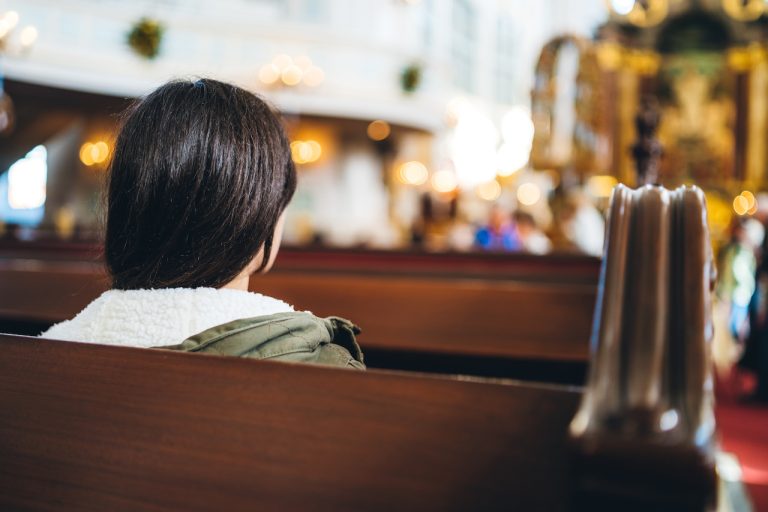


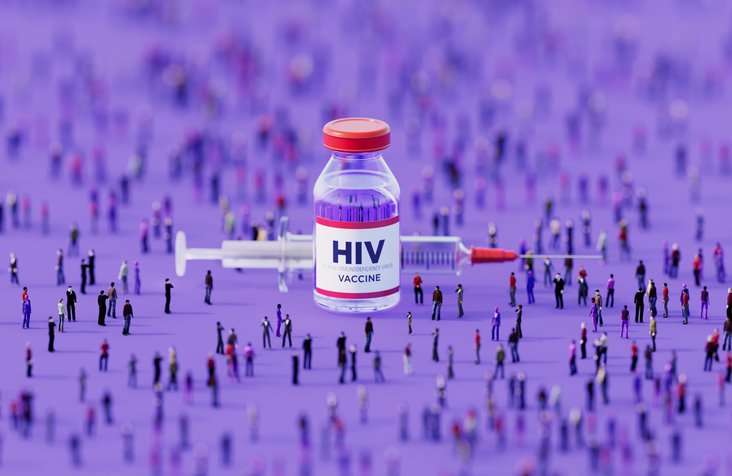
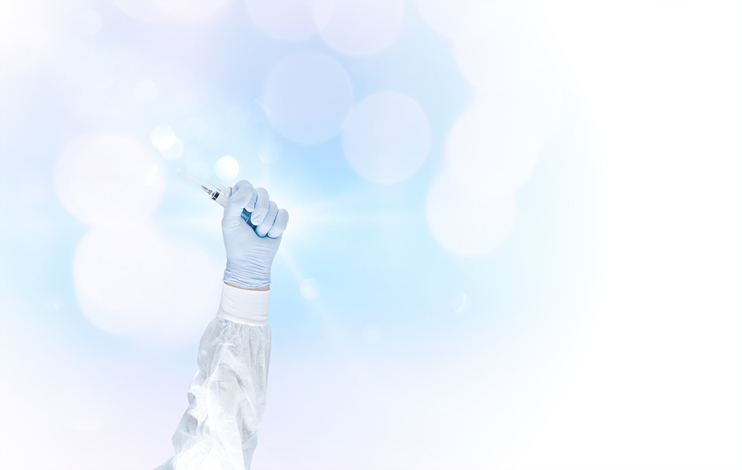
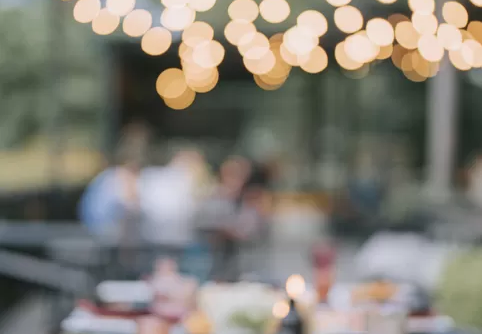
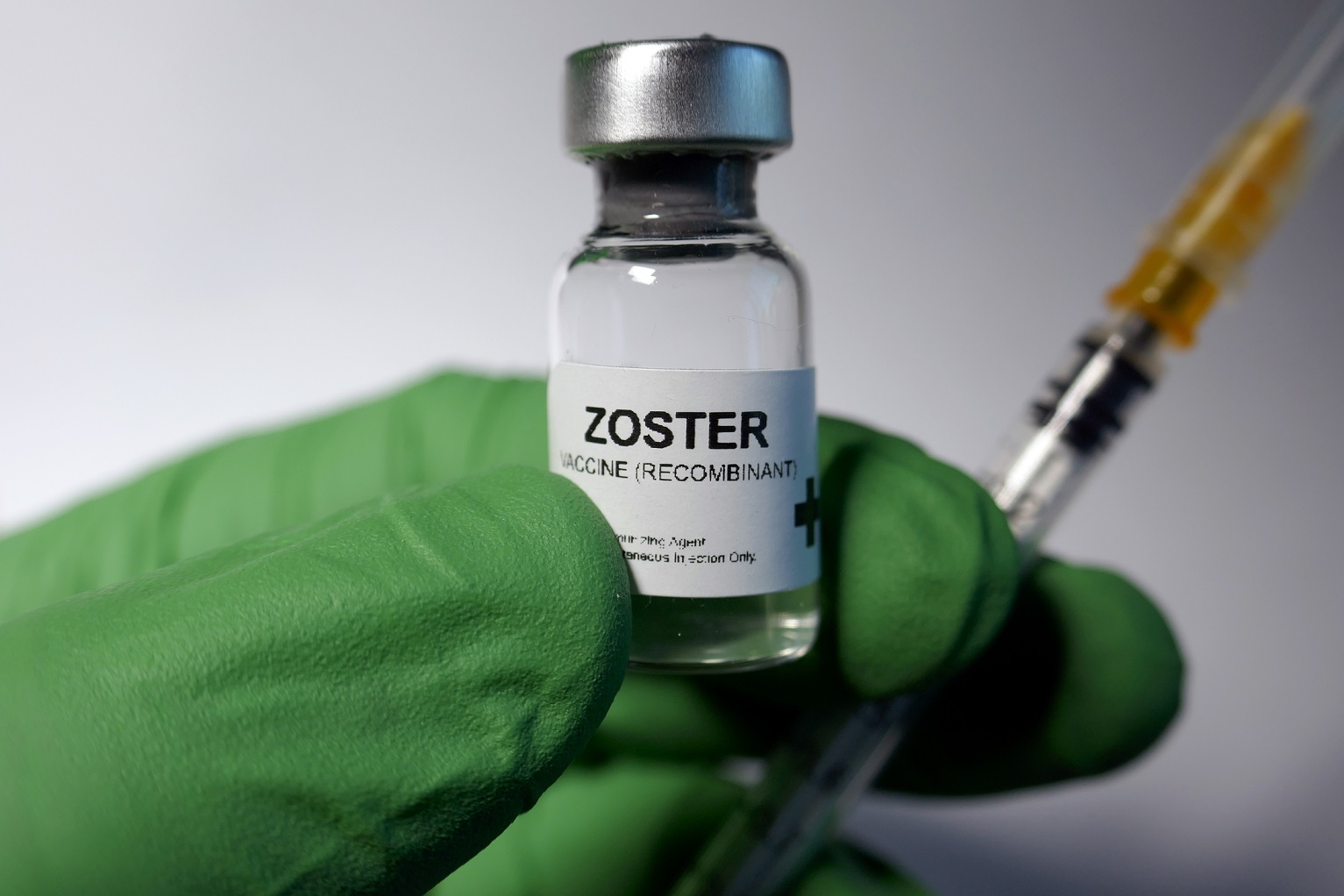
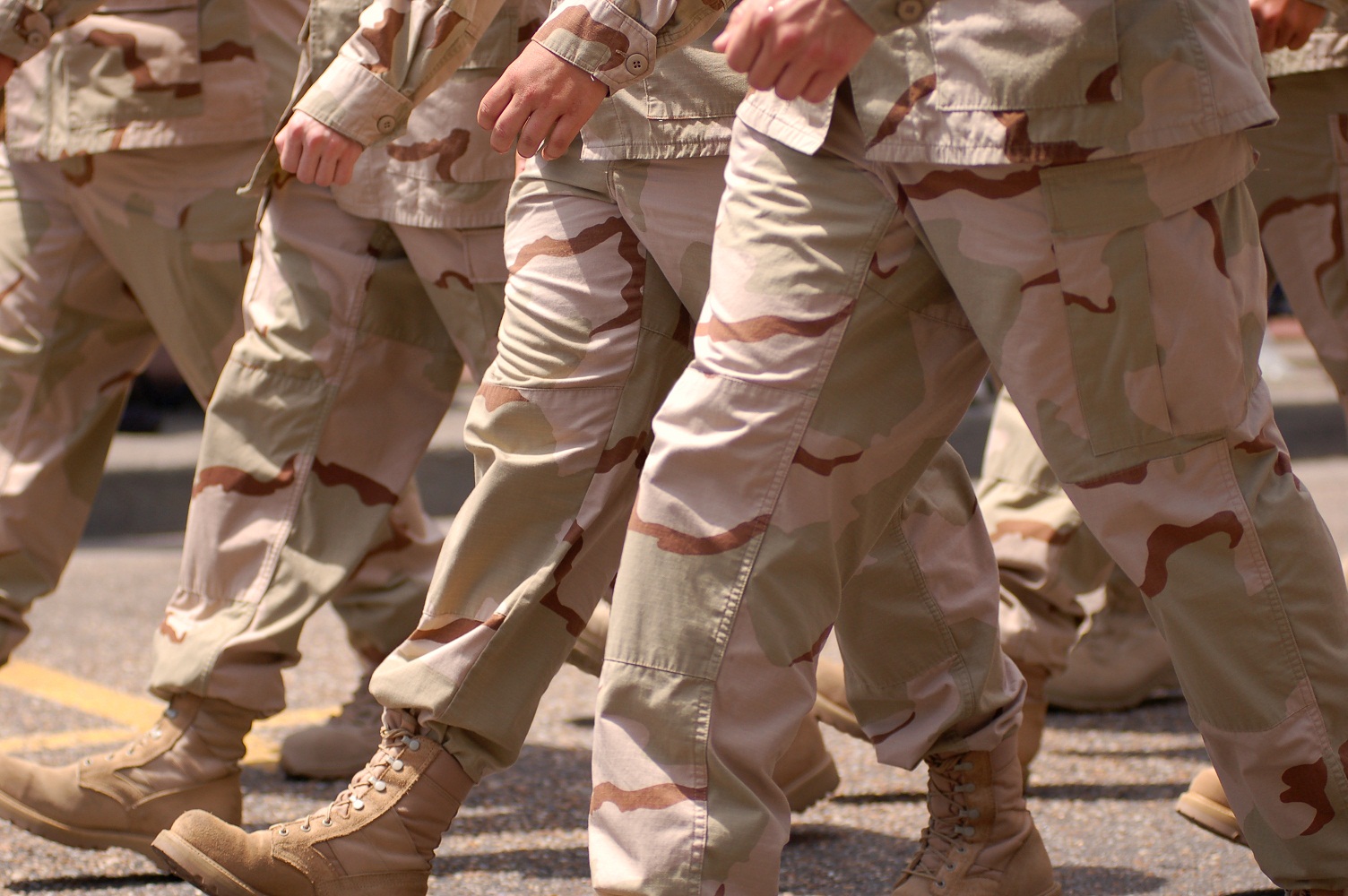
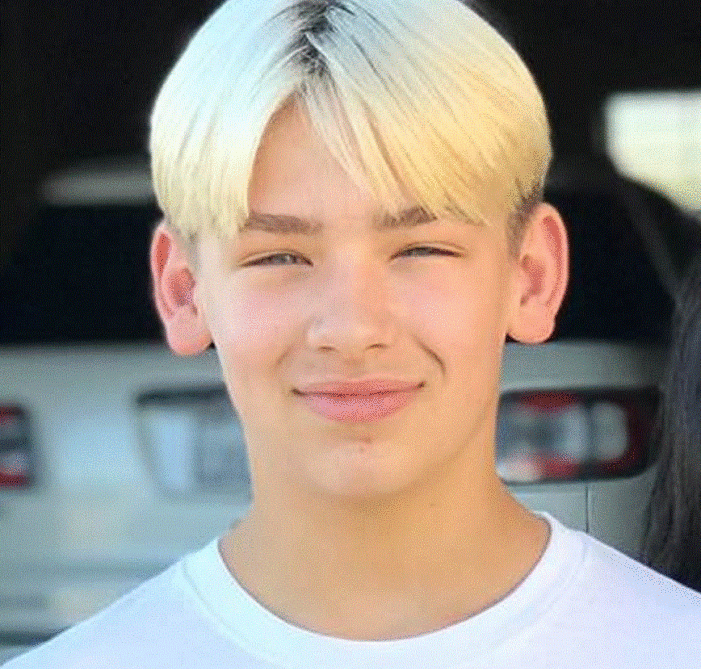
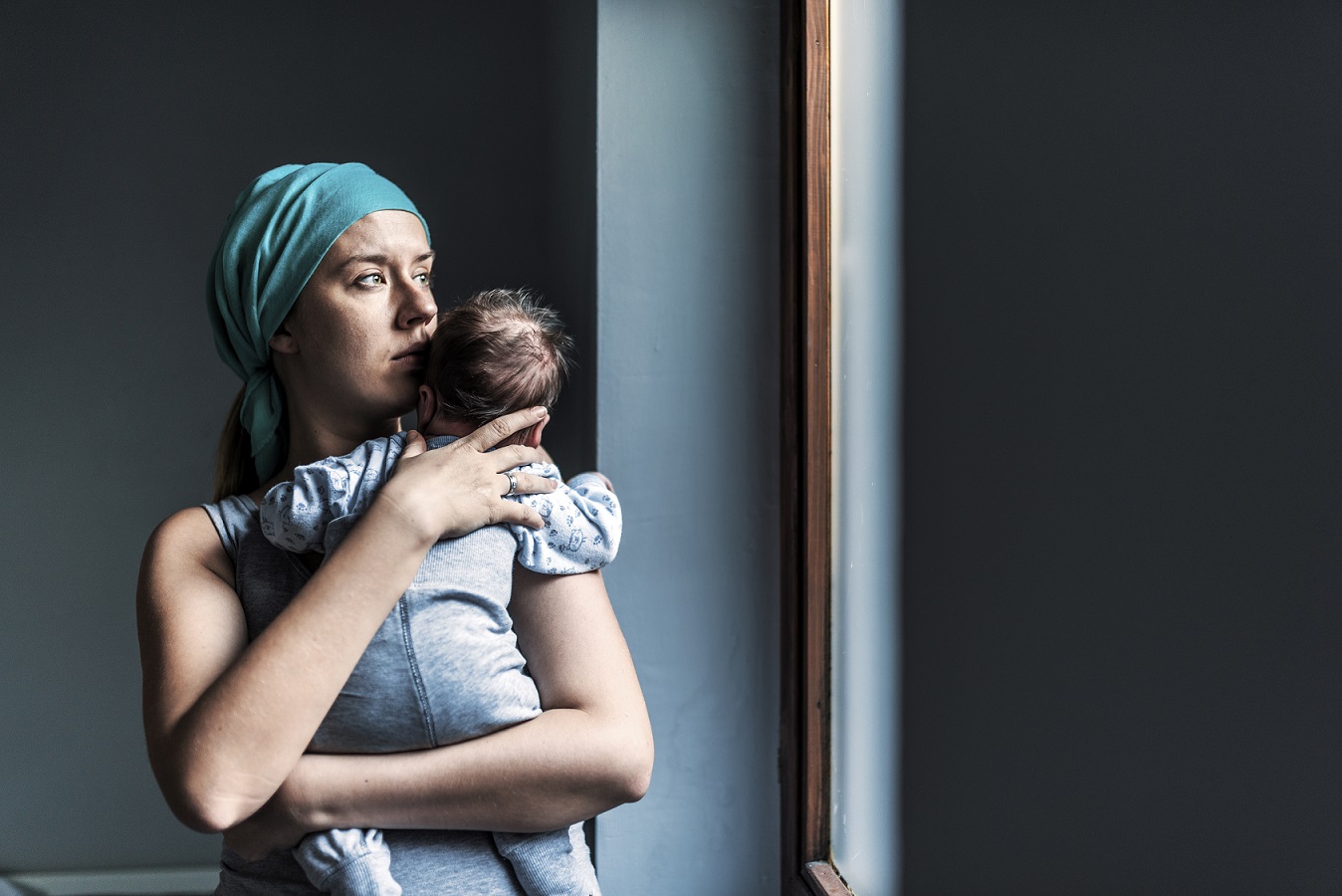
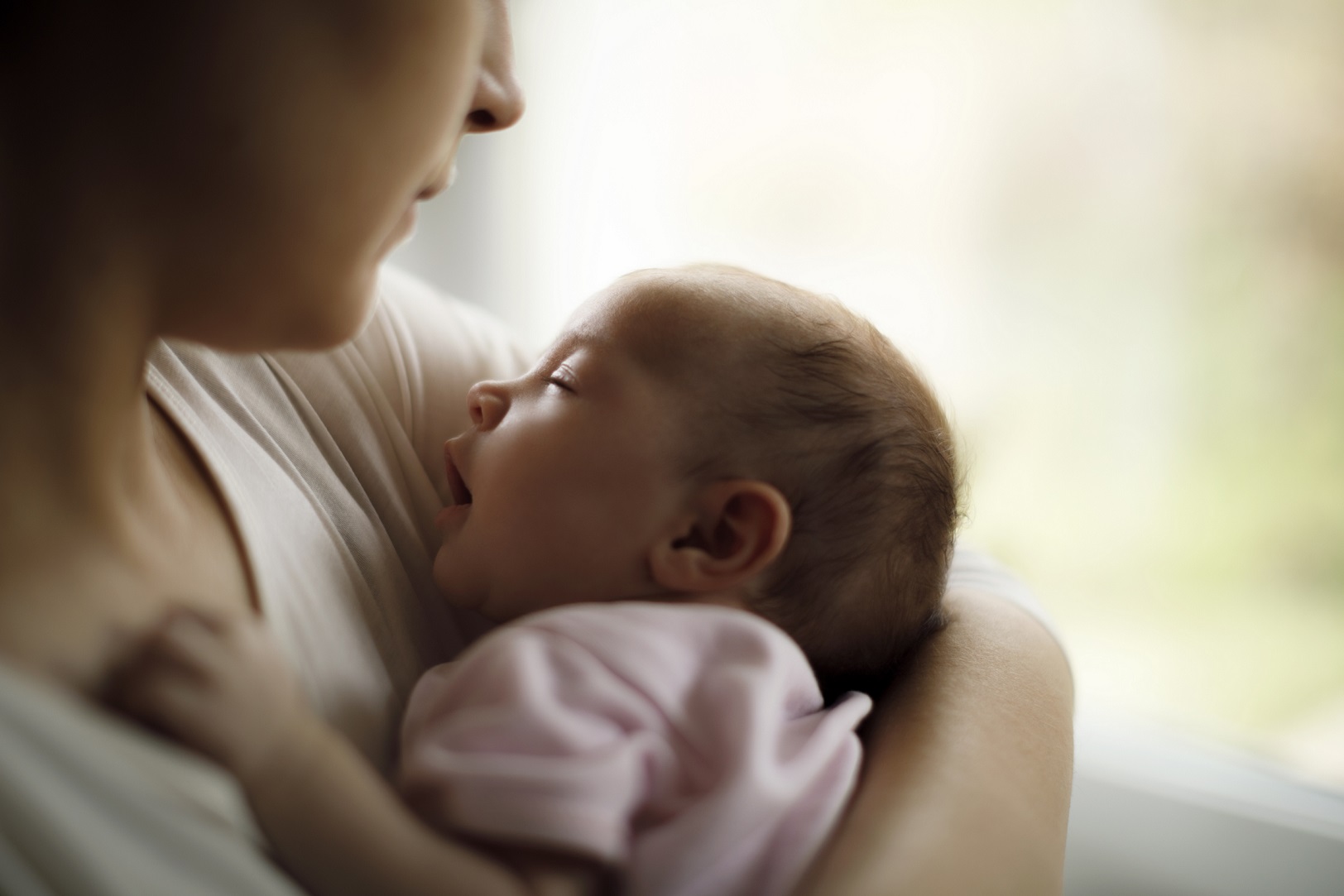
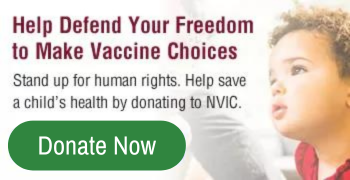
6 Responses
Thank you for this very important article. I just pray for the continued well-being of our friends of liberty in the Supreme Court, as they are the one barrier to the degeneration of our society into one of tyranny.
Wonderful for two reasons:The 1st Amendment right to religiously gather for worship is being affirmed in the midst of the pandemic, and secondly, Jacobson vs. MA is finally being dissected for the outdated precedent it is.
You might want to look into the decision in Jacobson more closely, as the article lost the spirit of the decision. Jacobson argued for bodily integrity, yes, but he also argued that he should also not have to pay the $5 fine for not taking the vaccine. The decision allowed him his bodily integrity, but said he had to pay the fine. So the 1st amendment was affirmed.
Thank you for continued support of our Constitutional Rights. We cannot allow big pharma and the anti-christ forces control this country. We must stand for our right to gather and religious freedom.
I wish that all this ‘lawyer-ese’ could be broken down into layman terms. I’m taking from this that the SCOTUS has ruled FOR the Constitution regarding freedom of religion and assembly? If so does this apply to all other states whose governors are forcing all this pandemic panic to curtail our rights? Can we stop wearing the stifling masks that don’t do any good and concentrate CO2 now? Can we stop being restricted in worshipping at the 666 distances? I’m so hopping mad that the majority out there are just going along like zombies with all this covid propaganda and just believing the “authorities”, as if THEY know anything about virology…they’re all operating on a flawed hypothesis that Pasteur himself even admitted was wrong on his death bed! The ignorance is so maddening!
Yes, imagine how different “medicine” would be if Bechamp won the debate back then!
Although Pasteur conceded but it was too late. Rockefellers jumped right on that eliminating most alternative medicine.